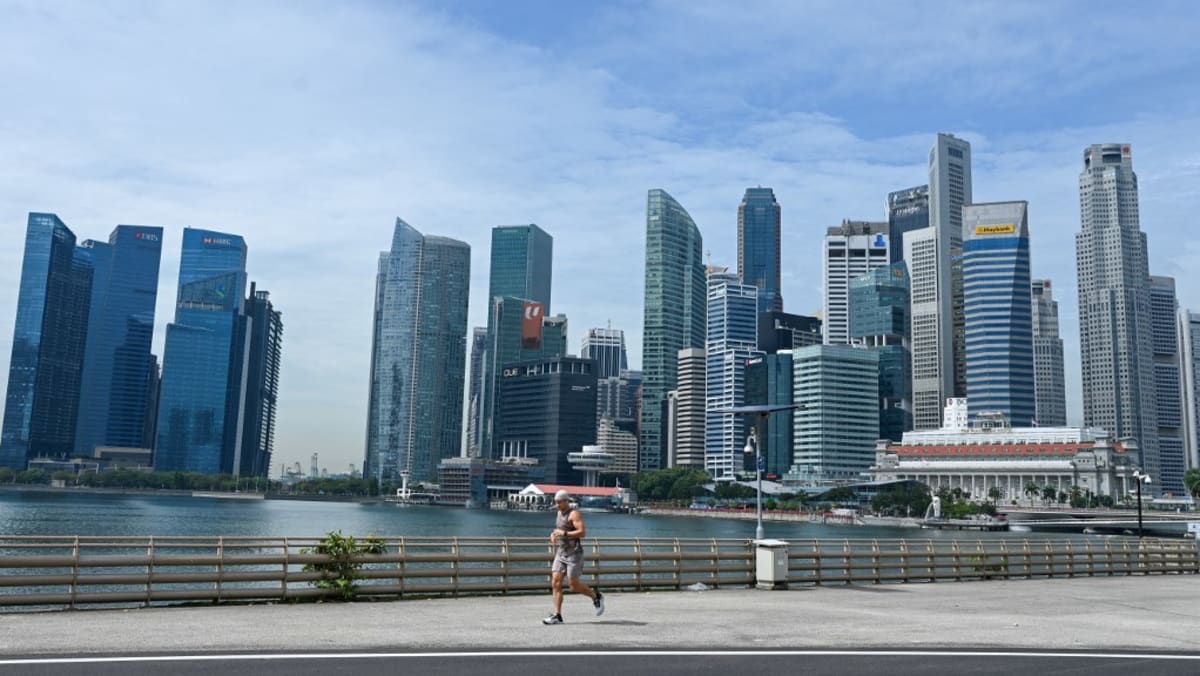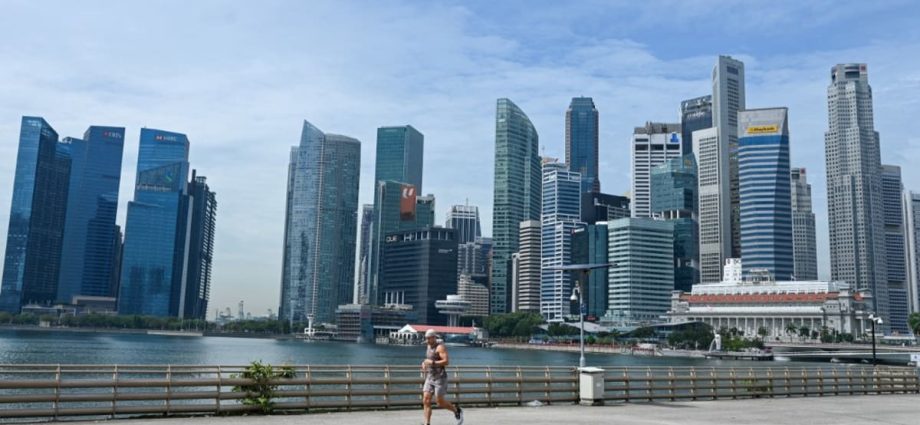
SINGAPORE: Singapore’s core inflation continued on a downward trend and fell to 4.2 per cent year-on-year in June, official data showed on Monday (Jul 24).
Core inflation rose to 5.5 per cent in February and January this year, a 14-year high, before falling to 5 per cent in March and April. It dropped to 4.7 per cent in May.
The decline in June largely reflected the lower inflation for food and services, said the Monetary Authority of Singapore (MAS) and the Ministry of Trade and Industry (MTI).
Core inflation excludes accommodation and private transport costs.
Overall inflation eased to 4.5 per cent year-on-year in June, down from 5.1 per cent in the preceding month.
“This was driven by a decline in private transport inflation, in addition to the fall in core inflation,” said MAS and MTI.
SECTORS
All sectors saw a decline in inflation in June.
Food inflation eased to 5.9 per cent in June from 6.8 per cent in May, as prices of non-cooked food and prepared meals rose at a slower pace.
Services inflation fell from 3.9 per cent in May to 3.6 per cent in June, due to a slower pace of increase in holiday expenses and airfares.
Inflation for retail and other goods edged down to 2.7 per cent in June from May’s 2.8 per cent. This was because prices of personal care products, as well as medicines and health products recorded smaller increases, said MAS and MTI.
Electricity and gas inflation decreased to 3.1 per cent in June, from 3.3 per cent in May, on the back of a smaller increase in electricity costs.
Accommodation inflation also fell – from 4.7 per cent to 4.5 per cent – as housing rents rose more slowly.
Private transport inflation fell to 5.8 per cent in June from 7.2 per cent in May, on account of a steeper drop in petrol prices and a smaller increase in car prices.
OUTLOOK
Global supply chain frictions, energy and food commodity prices have moderated, said MAS and MTI.
“Consumer price inflation in Singapore’s major trading partners have also been on an easing trend. As a result, prices of Singapore’s imported goods continue to decline in year-on-year terms,” they added.
Locally, unit labour costs are expected to rise further in the near term, although at a slower pace.
Businesses are likely to continue passing through higher labour costs to consumer prices, but more gradually amid the slowdown in domestic economic activity, said the authorities.
Core inflation is expected to moderate further in the second half of this year, as imported costs fall from levels a year ago and the current tightness in the domestic labour market eases, said MAS and MTI.
With the increases in COE quota and the supply of housing units available for rental, private transport and accommodation inflation are expected to moderate over the course of the year.
For 2023 as a whole, headline inflation is projected to average 4.5 per cent to 5.5 per cent, down from the projection last month of 5.5 per cent to 6.5 per cent.
Core inflation is projected to average 3.5 per cent to 4.5 per cent.
Excluding the transitory effects of the 1 percentage point increase in the Goods and Services Tax (GST), headline inflation is expected to come in at 3.5 to 4.5 per cent, and core inflation at 2.5 to 3.5 per cent.
“Upside risks remain, including from fresh shocks to global commodity prices and more persistent-than-expected tightness in the domestic labour market,” said MAS and MTI.
“At the same time, there are also downside risks such as a sharper-than-projected downturn in the advanced economies which could induce a general easing of inflationary pressures.”

